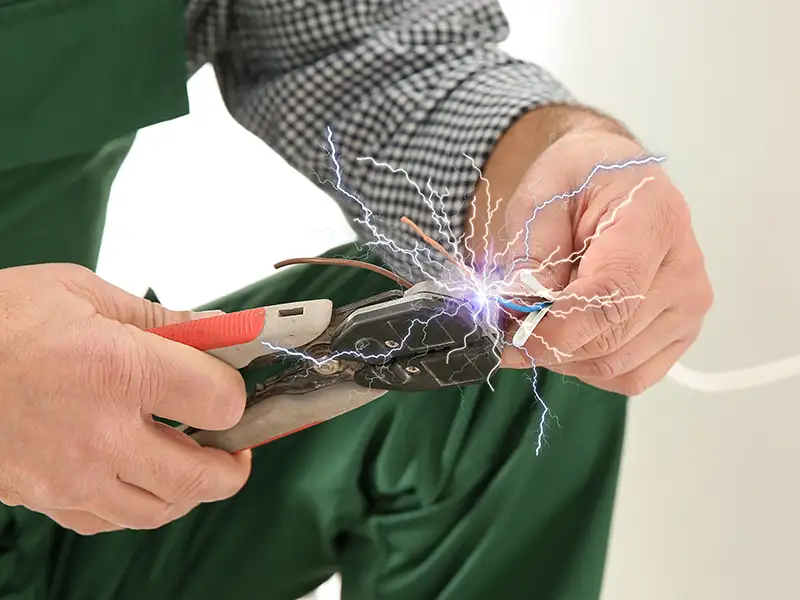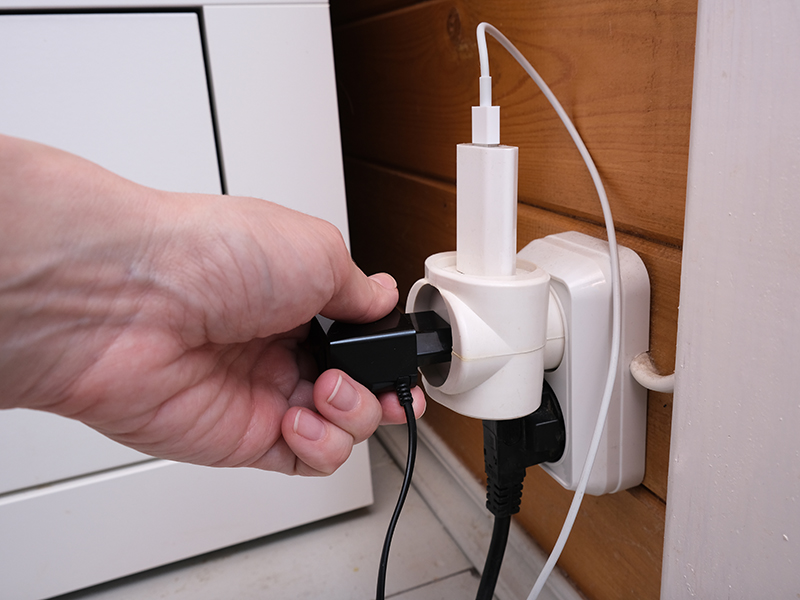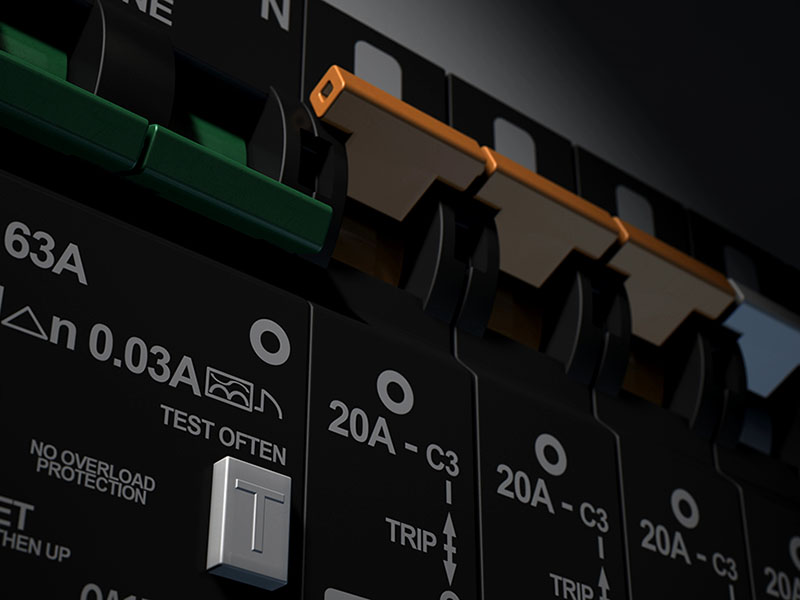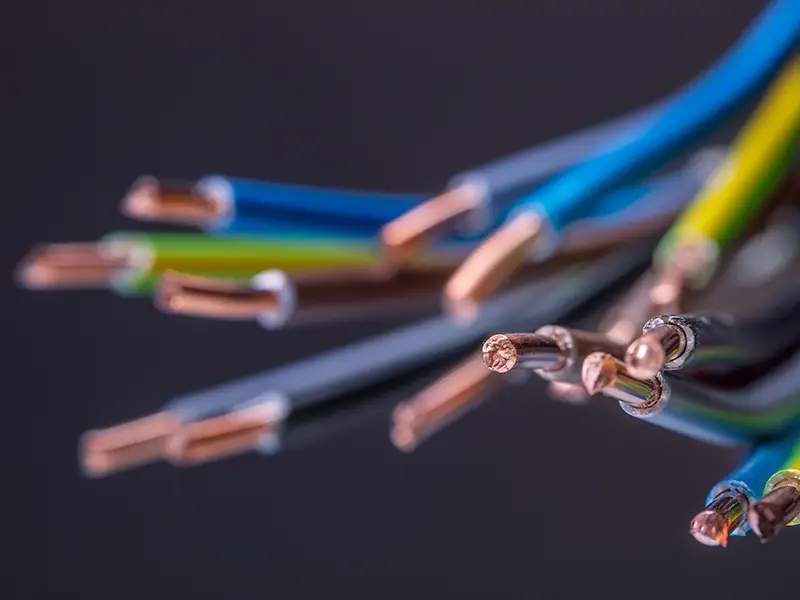circuit
Upgrading Your Electrical Panel is a Smart Investment
In today’s tech-driven world, homes are consuming more electricity than ever before.
Read MoreDIY Electrical Projects You Should Leave to the Pros
Tackling home projects yourself can be rewarding—and often cost-effective—but when it comes to electrical work, the risks can far outweigh the benefits.
Read MoreCommon Electrical Hazards and How to Avoid Them
Electrical hazards pose significant risks in homes and workplaces, often leading to injuries, fires, or even fatalities. One of the most common dangers is exposed or frayed wiring, which can result from aging infrastructure, physical damage, or poor installation practices. These compromised wires can spark, causing electrical fires or severe shocks upon contact. Additionally, overloading…
Read MoreSmart Home Technology
Smart home technology offers various benefits by integrating devices and appliances through a centralized network,
Read MoreTripping Breaker? Get It Fixed!
If one of your breakers keeps tripping, it’s a clear sign that something in your electrical system is demanding more power than the circuit can safely handle.
Read MoreThe Truth about Standby Power Consumption
Standby power consumption occurs when electrical devices consume energy even when turned off or in standby mode.
Read MoreElectrical Wire Gauge
Wire gauge is a measurement of wire diameter. This determines the amount of electric current a wire can safely carry.
Read MorePowering the Future
The future of electricity is a dynamic and evolving landscape, shaped by technological advancements, environmental considerations, and shifting consumer demands. As we move towards a more sustainable and interconnected world, the way we generate, transmit, and consume electricity is undergoing a profound transformation. At the forefront of this transformation is the rapid growth of renewable…
Read MoreNikola Tesla Was an Inventor and Futurist
Nikola Tesla was an inventor and futurist who is best known for his contributions to the design of the modern alternating current (AC) electricity supply system. Tesla tried to put his inventions to practical use in his Wardenclyffe Tower project, an intercontinental wireless communication and power transmitter. Tesla’s intention was to develop a system that…
Read MoreSmart Homes of the Future
Smart Homes of the future using the Internet of Things will require specialized electrical needs.
Read More








